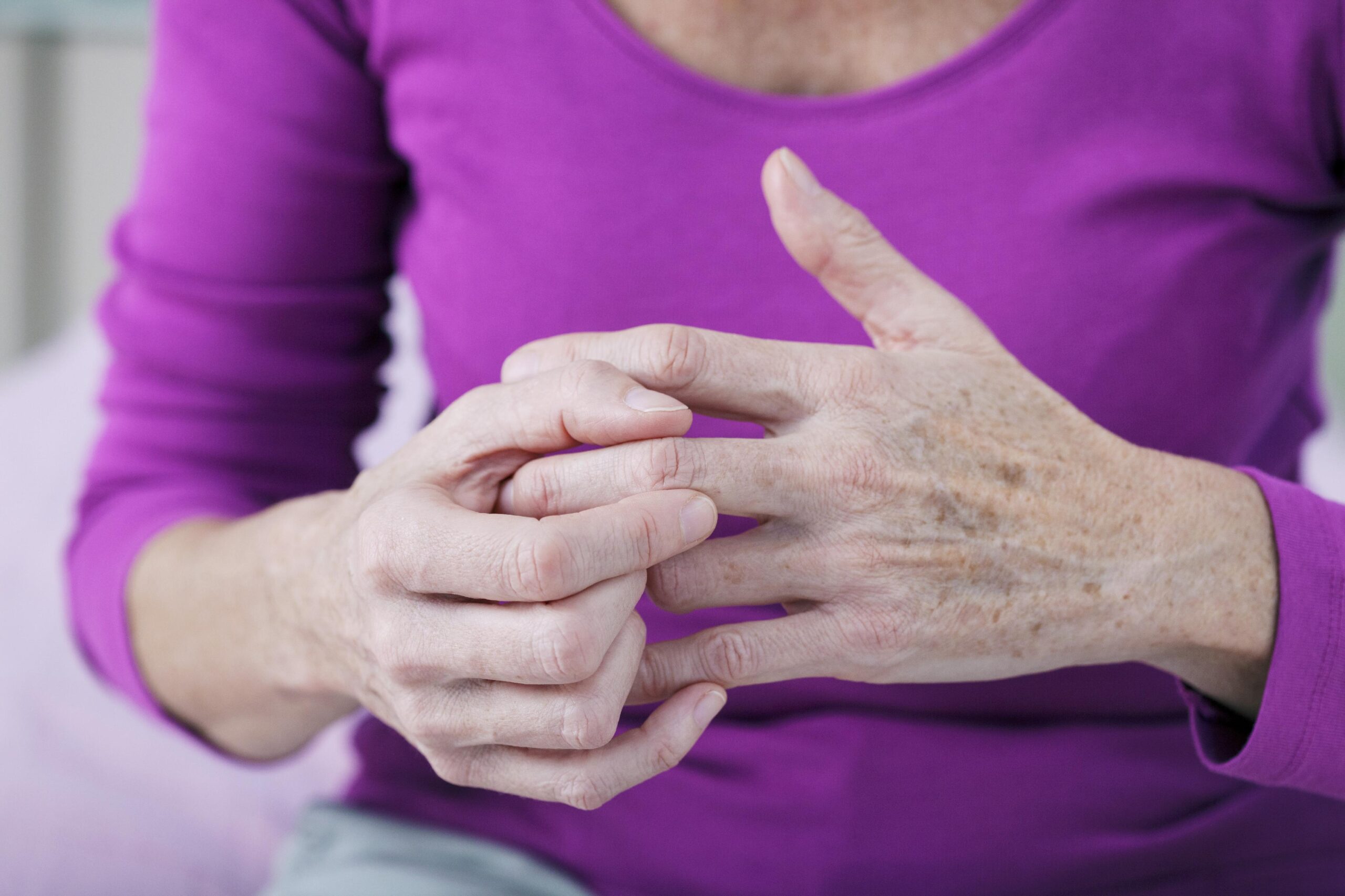How Beneficial Is Physiotherapy For Arthritis?

A promising treatment method for arthritis is physical therapy (PT). You can control symptoms, increase mobility, and enhance physical function by working with a physical therapist. Additionally, they will teach you certain movements and strategies that will help you move more easily and with less discomfort.
Let’s first dive into the fundamentals before learning how physiotherapy can successfully offer a long-term solution to excruciating arthritis pain.
Symptoms, Kinds, And Risk Factors Of Arthritis
Inflammation of the joints is a common health issue associated with arthritis. Over 4.6 million Canadians aged 15 and older are affected, making it the main cause of disability in the country. Even though it affects millions of people, women are more likely to have arthritis than men.
Due to their heavy use, the knees are frequently impacted by arthritis. The following list of arthritis symptoms includes the most prevalent ones:
- Intense joint pain
- Swelling and tenderness of joints
- Joints stiffness
- Limited joint motion
Symptoms might range from minor to severe. The symptoms can get worse with time, even if they come and go. Chronic discomfort eventually renders one unable to carry out daily tasks (climbing stairs, walking, and running).
The joints get permanently damaged as arthritis worsens. While damaged joints can only be seen on an X-ray, some alterations, including knobby joints, are physically noticeable. Some varieties of arthritis affect your important organs, including the lungs, heart, eyes, kidneys, skin, and joints.

The many types of arthritis are as follows:
-
Inflammatory Arthritis
Your immune system defends you against inflammation to lower your chances of illness and infection. When your immune system malfunctions, it may wrongly target your joints, leading to joint erosion and possible organ damage. Inflammatory arthritis includes rheumatoid arthritis and psoriatic arthritis.
-
Degenerative Arthritis
Osteoarthritis, one of the most prevalent types of degenerative arthritis, is characterised by worn-out cartilage that cushions the surface on the ends of the bones. As the cartilage degrades, the surface of the bones scrapes against one another, resulting in discomfort, edema, and stiffness. Mild pain becomes chronic as a result of the weakening of the joints over time.

-
Metabolic Arthritis
Uric acid is produced by the body when purine is broken down. High levels of uric acid in the blood may occur if the body naturally creates more uric acid than is required or fails to remove it quickly enough. The uric acid crystallises into needle-like structures when it accumulates in the joint. A gout attack or sudden surges in excruciating joint pain could occur from this. Gout episodes may eventually result in recurrent chronic pain that makes people disabled.
Living with arthritis can be difficult, making it challenging to complete daily duties. Because it keeps you from participating in your social and professional life, chronic arthritis can be bothersome and reduce your quality of life. People with arthritis reported more physically and mentally ill days.
Joint discomfort and swelling might make it difficult for you to carry out daily tasks, such as:
- Climbing stairs
- Walking
- Eating
- Daily tasks
- Hygiene and grooming
Considering Physiotherapy For Arthritis Relief

Arthritis without treatment can be quite painful. Even after taking medicine, it may still progress in some circumstances. It is crucial to understand that if you have mild arthritis, the discomfort could get worse with time and interfere with your regular activities. A physical impairment may take the form of diminished mobility. This is sufficient justification to take the required measures before the symptoms worsen.
Your risk of impairment can be reduced with the use of Como physiotherapy, a natural and secure treatment. Physiotherapists will evaluate your range of motion and assist you in understanding the health of your muscles and joints. You can better control its symptoms if you understand arthritis. Along with your prescribed drugs, the physiotherapist will give you a personalised treatment plan for long-term pain relief.
Physiotherapy for arthritis treatment plan includes exercises to strengthen the muscles that surround the joints by promoting natural joint healing and pain reduction without the need for painkillers. The prolonged use of painkillers might be detrimental to your health.
The following physiotherapist-recommended physical therapy procedures will help you feel better and reduce pain, swelling, and discomfort:
-
Cold And Hot Packs
Cold packs lessen swelling and inflammation, while hot packs increase blood flow to the painful location. In the absence of heat or ice packs, you can use a flannel cloth that has been soaked in warm or cold water.
-
Massage
A 60-minute massage therapy session encourages the brain to produce more serotonin, which lifts your mood and reduces the production of cortisol, a stress hormone.
-
Acupuncture
The brain is stimulated by this traditional Chinese medicine to produce more endorphins, the body’s feel-good hormone. To rectify the Chi flow and alleviate pain, the professional acupuncturist inserts specialised fine needles into the acupoints.
-
Hydrotherapy
It uses water to treat arthritis symptoms. Under the supervision of a certified physiotherapist, patients carry out specific exercises in water that is between 33 and 36 degrees Celsius.
-
Transcutaneous Electrical Nerve Stimulation (TENS)
It prevents your nerves from communicating pain signals to your brain. In order to relieve pain, a small electronic gadget sends pulses to the nerve endings, causing a tingling sensation.

Take Away
You can get long-term pain relief from both acute and chronic arthritis with the help of skilled Como physiotherapy. By regaining mobility, reducing pain, and improving your health, advances in physiotherapy care can help you live a better quality of life.
Keep up with your daily routine and exercise as much as you can for the best outcomes. Keep track of the therapies that work best. Also, visit your Como physiotherapy therapist frequently to go over your progress and any changes to your condition.



